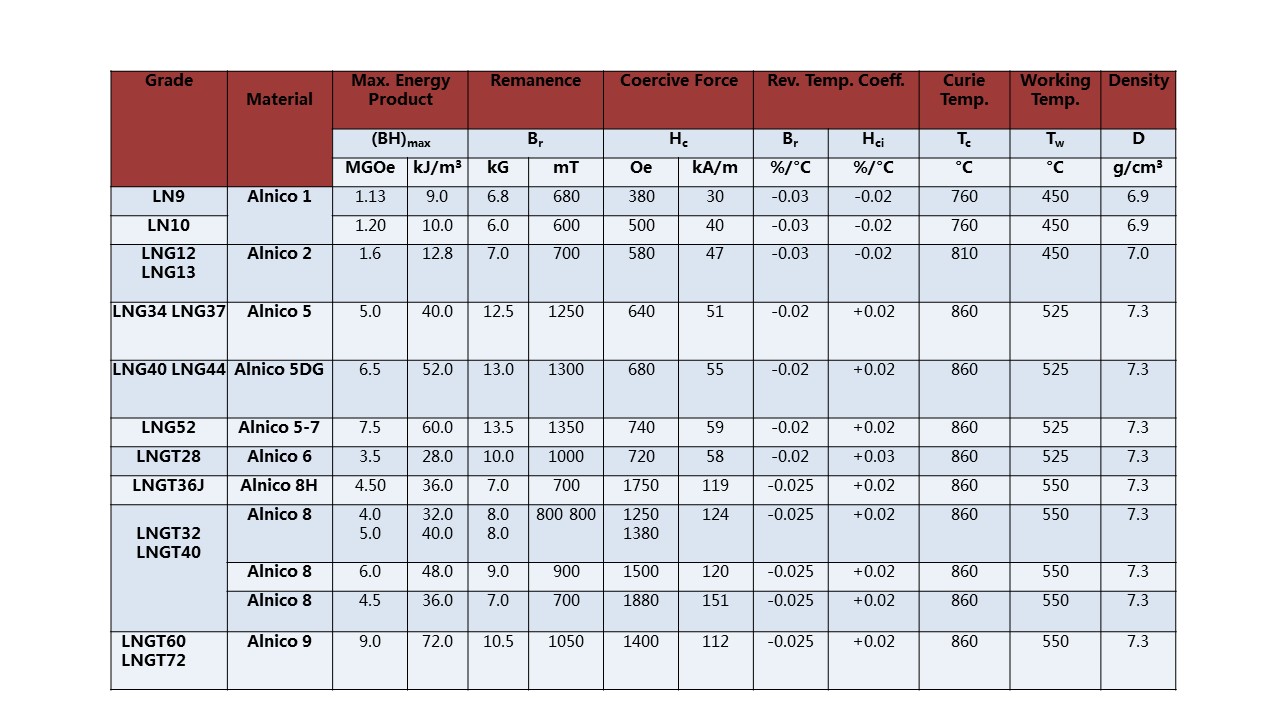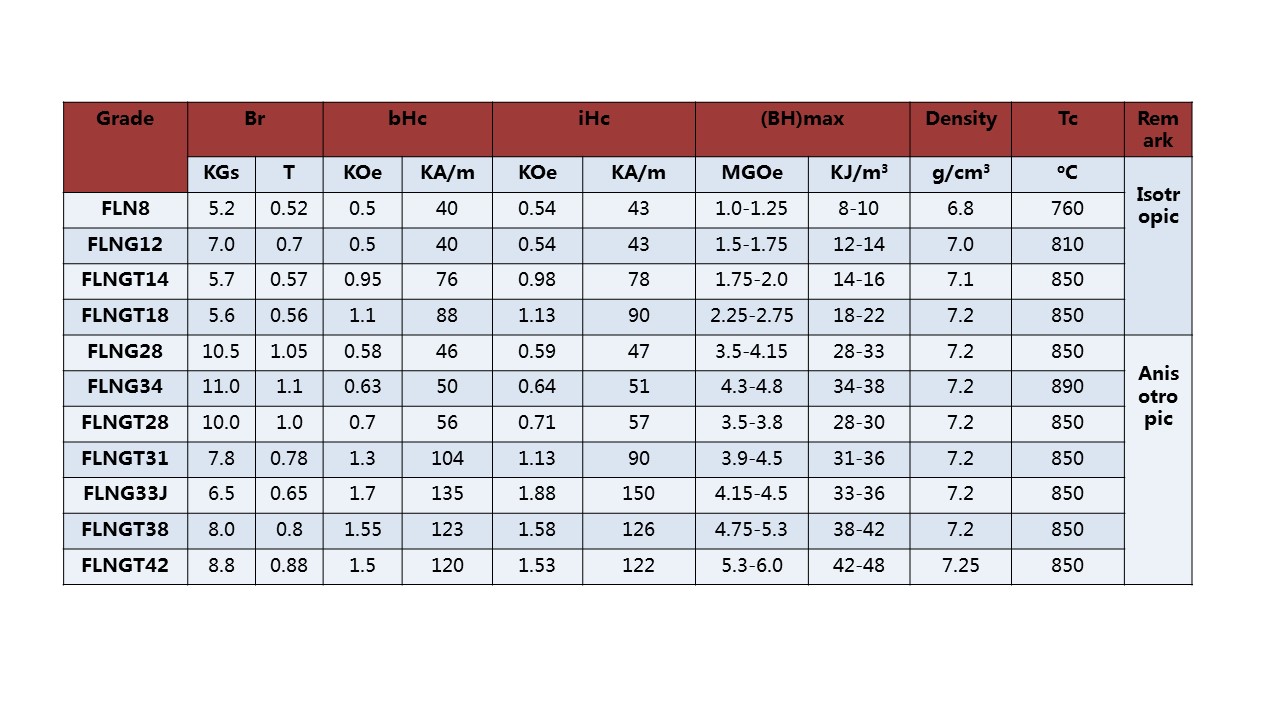Application of Military Equipment in the After-quake Relief in Wenchuan Earthquake
The "natural disaster" has brought shock to humanity. Although human beings can not control "natural disasters" at present, after a huge disaster, a series of new technologies can help people save more precious lives. Compared with the Tangshan earthquake 32 years ago, a series of high-tech equipment emerged after the Wenchuan earthquake.
After the Wenchuan earthquake, in the face of complex post-earthquake conditions, the People's Liberation Army quickly moved into action, invested a large number of personnel and high-tech equipment and technology, and played a major role in post-disaster relief and reconstruction. This article cuts through several aspects of post-earthquake relief, and systematically explains the application of military technology equipment after the earthquake and the concentration of special equipment, as well as the pros and cons of such equipment in application.
1 Introduction
At 14:28 on May 12, 2008, a massive 8.0-magnitude earthquake occurred in Wenchuan, Sichuan, China. Half an hour after the earthquake, the General Staff of the Chinese People's Liberation Army initiated an emergency plan and promptly instructed the troops of the Chengdu Military Region to invest in emergency relief. At the same time, the elite rapid-response units of the armed forces of China's armed forces, sea, and air forces quickly assembled and also went to the disaster area as the first batch of disaster-relief forces, through air transportation and motorized access. What attracts people's attention is not only the assembly of hundreds of thousands of People's Liberation Army, but also the speed with which the People's Liberation Army quickly assembled in this disaster relief and the intensive rescue of various military equipment and rescue equipment in the first aid after the earthquake. . In the following, I mainly talked about the four aspects of the assembly and delivery of post-disaster troops, the use of communications, positioning and reconnaissance equipment, the use of special equipment, and the insufficiency reflected in rescue.
2. The application and gains and losses of military equipment
2.1 The use of special equipment; After the earthquake, in order to be able to quickly rescue the survivors from the rubble and provide drinking water for the people in the affected areas, a number of daily special military equipments have rarely been heard. In order to accurately detect the signs of life under the rubble and pinpoint its location, rescue forces have prepared various types of life detection and positioning equipment (sound/vibration life detectors, thermal infrared life detectors, optical life detectors, etc.). This device has the ability to accurately detect life signs (such as sound wave/vibration/infrared), and accurately determine the position of the embedment personnel. The depth of detection is up to 2 meters. It is known as the underground “stethoscopeâ€.
In this disaster relief, the officers and men of a certain group of the Beijing Military Region Military Corps successfully rescued the survivors buried in the Beichuan region for 156 hours using a sound/vibration life detector. Thermal infrared life detector can accurately distinguish the specific location of trapped people according to the temperature difference between the personnel and the surrounding environment. The depth of detection can reach 40 to 50 meters in the night dark environment. It can be controlled remotely and can be controlled by the line, known as the "Nighthawk" .
After the Wenchuan earthquake, the rescue team officers and soldiers successfully rescued dozens of survivors in the deep rubble. Optical life detector, known as "Snake Eye", integrates sound and video images, and the detection depth is more than 30 meters. At the same time, in order to meet the medical needs of the earthquake-stricken people, the People's Liberation Army has invested in equipment such as field medical shelters and field transport vehicles. The field medical shelter is composed of a fleet of container-type vehicles that can be completely put into operation within two hours, including a 200-bed, four-operational field hospital. It is connected in turn according to the treatment process and functional division. Among them, first aid, surgery, inspection, X-ray and other systems are fully equipped with facilities such as central air conditioning, central oxygen supply, and central negative pressure attraction, and are not subject to external hydropower and other conditions. . Moreover, the degree of sterility in the cabin can reach the standard of a Class III A hospital, and 200 people can be treated and stayed up all day long, which has played a huge role in this disaster relief. The field transport vehicle is a collection of blood collection, refrigeration, transportation, and supply. It can adapt to the temperature environment of -25°C to 40°C, and the special vehicles that have a maximum speed of up to 100km/h on the fourth-grade highway. The car is equipped with a constant temperature device, the blood storage temperature is stable and reliable, and blood access is convenient. During this earthquake relief work, two blood transport vehicles shuttled back and forth between the front and the back to bring hope to the survivors who had just been excavated from the rubble. In addition to these devices, there are countless other special equipments that have been put into earthquake rescue operations and have played a huge role.
2.2 Army assembly and delivery;
After receiving the order of the General Staff on the 12th, by the end of the 19th, the People's Liberation Army sent a total of more than 100,000 personnel to the disaster area through various means. Among them, there are parachutes and aircraft landings, as well as mechanized transportation, as well as the deployment of personnel through various means such as trains or the rental of civil aviation aircraft. Of which only 13 were only one day, the General Staff Headquarters organized and dispatched 22 military transport aircraft, calling 12 civilian passenger aircraft, and conducted 79 uninterrupted flights under bad weather conditions. As scheduled, it will be in the Jinan Military Region, which will be assembled in Luoyang Airport in the early morning of the 14th. Mechanized infantry division 5000 soldiers and officers, in Wuhan, Kaifeng and other places assembled 6420 air force troops and equipment, airlifted successfully to four airports near Chengdu. On the 13th, it became the aviation transportation operation in the history of the PLA and the history of aviation in China, with the largest number of planes, the highest number of flights, and the highest number of troops. At the same time, the general manager’s military delivery not only showed that our military’s strategic transport capacity has been greatly strengthened, but unlike previous earthquake relief efforts, the relief operations have invested more in arms and military forces, with reconnaissance and early warning, command and coordination, and The long-range maneuvering and logistic support are complex, and the technical content of disaster relief operations is high. This is a major practice for the armed forces to respond to non-traditional security threats in non-war military operations under new historical conditions.
In short, after the Wenchuan earthquake, in the face of the disaster, the People's Liberation Army quickly deployed and quickly assembled troops and put in a lot of high-tech rescue equipment to win valuable time and technology for post-disaster relief and reconstruction. Support has played a huge role. However, at the same time, the shortcomings and shortcomings were also exposed in this disaster relief. It is worthwhile for us to improve. However, during this disaster relief, the outstanding performance of the People's Liberation Army has won praise in the world. And we can also believe that on the basis of this experience, the People's Liberation Army will have greater development and will be more mature.
AlNiCo material is comprised of aluminum,nickel,cobalt and iron with varying additions of other elements.There are two different manufacturing processes for AlNiCo:Cast and sintered.Cast AlNiCo can be made into many sizes and shapes,whereas Sintered AlNiCo is usually restricted to smaller sizes.However,both processes lead themselves to complex geometries and configurations.Standard Sintered AlNiCo has tighter dimensional tolerances due to its processing.It also has slighty lower magnetic properties,but better mechanical strength than Cast AlNiCo products.
Sintered Alnico magnet

Cast AlNiCo

Alnico Magnet,Alnico 5 Magnets,Alnico 8 Magnet,Bass Pickup Alnico Magnet
Chongqing Great Well Magnet Co.,ltd. , https://www.gwmagnet.com